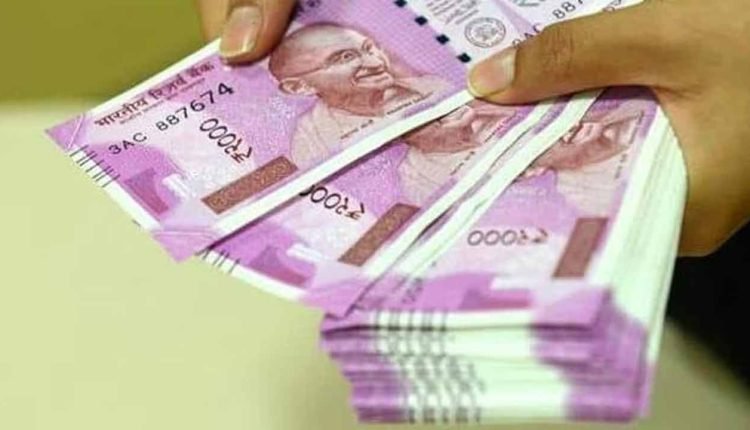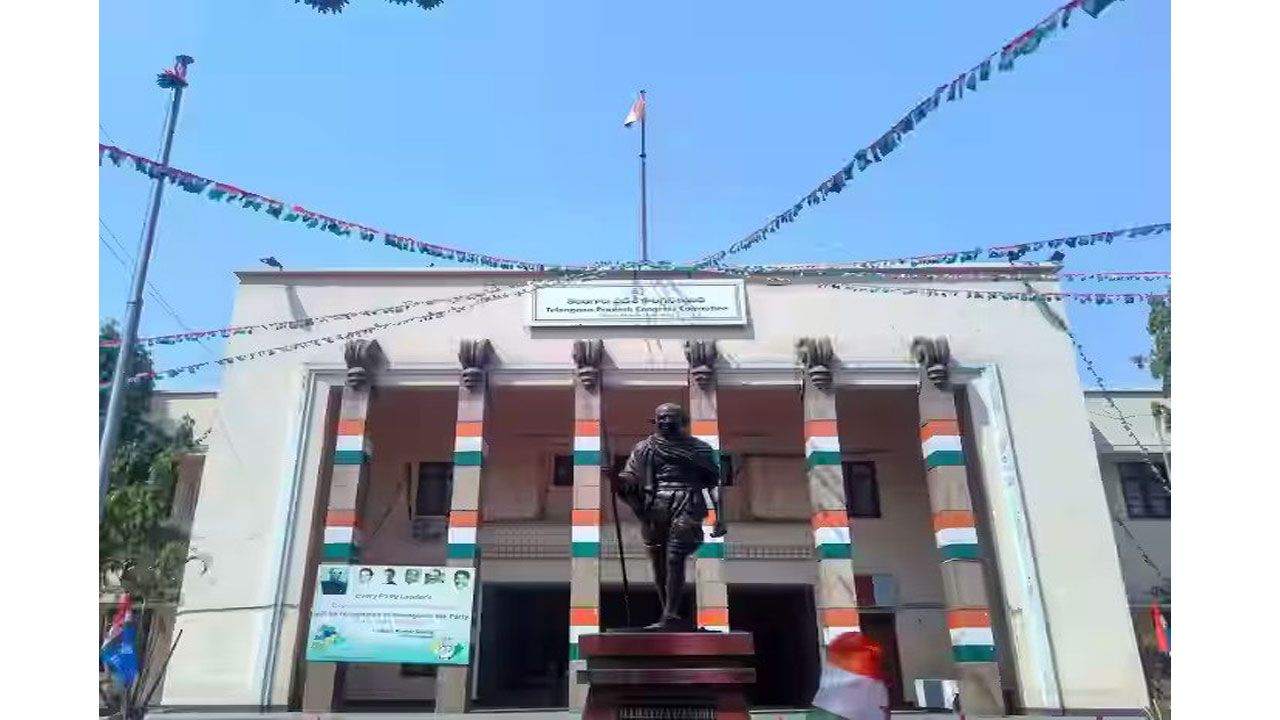10 Points about recent ₹2000 Note Circulation Ban in India
The Reserve Bank of India (RBI) has decided to begin the process of withdrawing 2,000-rupee notes from circulation due to its “clean note policy.” However, the 2,000-rupee note will still be considered valid currency.
Individuals will have the option to deposit their 2,000-rupee notes at the bank or exchange them for smaller denomination notes,
up to a maximum of 20,000 rupees at a time, as stated in an official announcement.
Here are some important points regarding the withdrawal and exchange of the 2,000-rupee notes:
1) Last date for exchanging or depositing 2,000-rupee notes:
According to the RBI statement, people can deposit or exchange their 2,000-rupee notes between May 23 and September 30.
2) Limit for exchanging or depositing 2,000-rupee notes:
Individuals will be able to exchange or deposit 2,000-rupee notes up to a maximum of 20,000 rupees (equivalent to ten notes of 2,000 rupees each) at a time, as mentioned in the statement.
3) Introduction of the 2,000-rupee banknote:
The 2,000-rupee note was introduced in November 2016, following the government’s decision to demonetize 500-rupee and 1,000-rupee notes.
4) Purpose of issuing the 2,000-rupee note:
The issuance of the 2,000-rupee note aimed to fulfill the currency requirements of the Indian economy
after the sudden withdrawal of 500-rupee and 1,000-rupee notes during the demonetization initiative.
5) Achievement of the intended purpose:
Yes, the objective of introducing the 2,000-rupee note was accomplished once an adequate supply of notes in other denominations circulated in sufficient quantities.
6) Printing status of the 2,000-rupee notes:
No, the printing of 2,000-rupee notes was discontinued in the fiscal year 2018-19.
7) Previous instances of note withdrawal:
The RBI previously undertook a similar withdrawal of notes in 2013-2014.
8) Procedure for depositing 2,000-rupee notes:
As per the RBI, individuals can deposit their 2,000-rupee notes on the specified dates through the usual process, following existing instructions and applicable statutory provisions.
9) Limit on note exchange:
The RBI has set a limit of exchanging 2,000-rupee notes for smaller denomination notes at the bank, allowing up to 10 notes (equivalent to 20,000 rupees in value) at a time. This limitation is intended to ensure smooth operations and prevent disruption of regular activities at bank branches.
10) Key features of the 2,000-rupee note
The 2,000-rupee note measures 66 millimeters by 166 millimeters and has a magenta color. It features an image of Mahatma Gandhi and the Ashoka Pillar emblem on the front, and a motif of the Mangalyaan spacecraft and the logo of Swachh Bharat Abhiyan (Clean India Mission) on the reverse side.
Next Story :
Now you can get the latest stories from Indtoday on Telegram every day. Click the link to subscribe. Click to follow Indtoday’s Facebook page and Twitter and Instagram. For all the latest Hyderabad News updates





